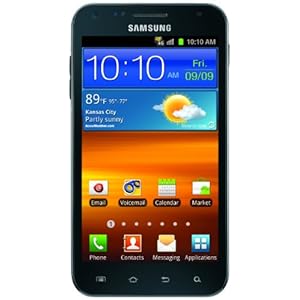HOME RECORDING at ZERO COST (...well, almost). PART 3/3
Once you've acquired on your project all the tracks you need, it's time to Prepare the Project for Mixing (Click Here for a dedicate article about Project Preparation), and then pass to the "Balancing Phase", which is the phase where you must try, just by moving the faders, to reach a good balance between the tracks, taking note of the faders that feels "unstable": those which you can't find a stable position throughout the whole song. After the Balancing Phase is time to Pan the tracks (Click Here for a dedicated article), in order to create a stereophonic Soundstage.
Moving them onto the Mixing Phase, a suggestion is to use as less effects as possible before entering in the DAW, in order to use the VST effects in real time, to be able to change "on the fly" the settings you want to change without having to record the track again, and this topic brings us to the "effects chapter".
Vst is the standard used for the plugins on most of digital multitrack softwares (other standards are Direct x, Audio Unit, Rtas), and they can work real time, which means that you can insert-modify-delete them while you listen to the track, hearing the changes live.
There are many freeware vst suites of good quality, if you don't want to use too expensive software (although WAVES does incredibly good and professional plugins), my suggestion goes to the complete KJAERHUS CLASSIC SUITE, which comprehends Chorus, Delay, Compressor, Limiter, Reverb, and everything else you might need, on an interface that resembles the classic rack devices, and, specifically for the guitar, Here you can find a collection of the best Amp Simulators, both free and commercial.
These plugins can be used also entering with the guitar directly into the audio interface or mixer, the effect is applied real time, or on the playback (according if the software supports real time effects and the computer is fast enough).
Once you have balanced volumes and panning (the spatial disposition we've seen earlier), you'll find yourself with a (hopefully) decent sound, but since the sound of all instruments will be pretty "natural", there will be some frequency that will "fight" between the instruments: the stronger sound will cover the weaker, and this is not just a matter of volume.
You will have to work with the equalization and compression, which is a pretty long and complex topic, click on the two links to learn more.
Once you think that every sound is intellegible (volume levels, equalization, compression) and you've applied all of the plugins that you wish, you can polish even further the sound using a noisegate, to get rid of the noise, the hum, and crackle, and once done, we're heading toward the conclusion of the project.
You can pass to the MASTERING phase, or just set the "beginning" and "end" markers on the project, and export, in Wave, or Mp3.
I'd say we have briefly touched all of the arguments, in a very superficial way, and surely I've left out something, or used methods that not everyone will agree, but the idea behind this guide was to create a small tutorial for beginners, with the tips and suggestions the experience has taught me, with the lowest budget possible, and under this point of view I'd say I've succeeded.
Let me know what you think about it, and keep in mind that experience is the best teacher: try, experiment and believe your ears!
Have fun!
CLICK HERE FOR THE PART 1/3 OF THIS TUTORIAL
CLICK HERE FOR THE PART 2/3 OF THIS TUTORIAL
Become fan of this blog on Facebook! Share it and contact us to collaborate!!





